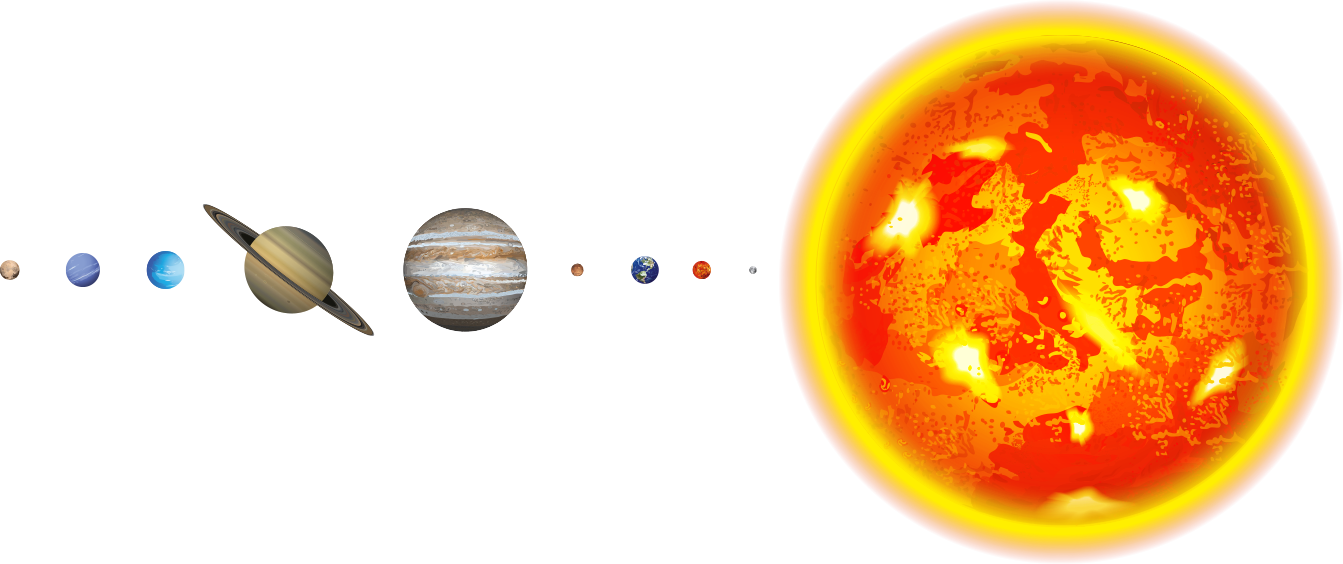Astrophotography
In this workshop that we have prepared for those who want to start wide-angle astrophotography from scratch, you will get information about the selection of cameras, lenses and other equipment, pre-shoot planning and shooting settings, and step into astrophotography. Also, you will be able to have astronomical knowledge about diurnal-annual motions of the Earth, spherical coordinate systems, general characteristics of planets, eclipses, stars, galaxies, constellations and much more.
-
Date:5 - 8 August 2021
-
Level:Beginner
-
Capacity:20
-
Accommodation:will be announced
-
Workshop Fee:will be announced



• A DSLR or mirrorless digital camera (Full Frame / APS-C) with long exposure capability
• Wide Angle Lens (Full Frame, 35mm or wider) (APS-C, 24mm or wider)
• Tripod
• Backup Battery
• Memory Cards (with backups if possible)
• Head Torch (with red light) and backup battery
• Thick and Warm Clothes (Since we will be photo shooting at night, it can be chilly even if it is summer)
• Trekking Boots (The training requires walking in field. It is recommended to choose shoes accordingly)
• Insurance (GUHEM is not responsible for possible accidents that may occur. Please scheck Terms and Conditions for details)
• Laptop Computer (Adobe Lightroom, Adobe Photoshop and Stellarium must be installed)
• Masks, sanitizer, personal health products (for Covid-19 measures)
• This program is organized in collaboration with Stellar Xperiences. GUHEM reserves the right to change accommodation and cancel the program.
• Registrations will start soon.

